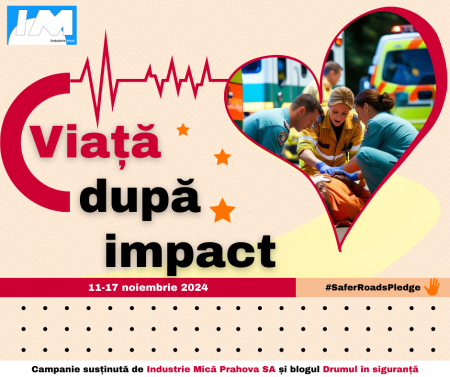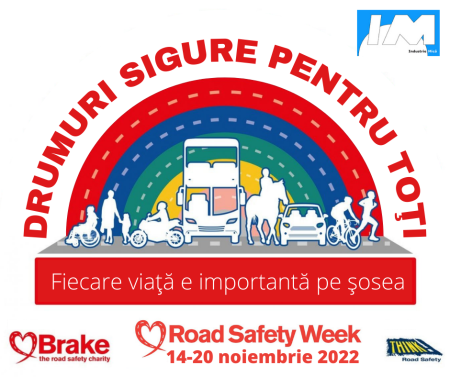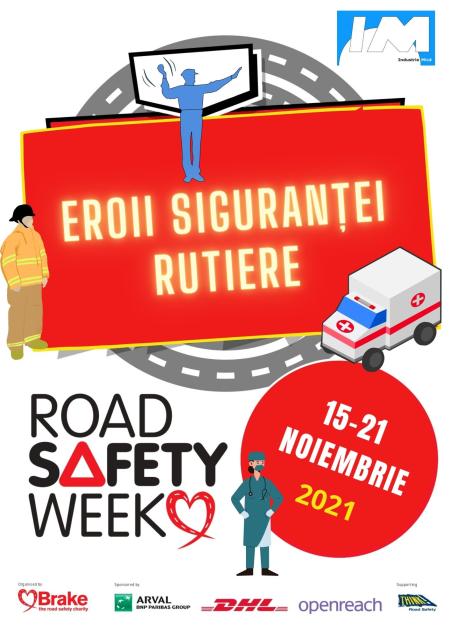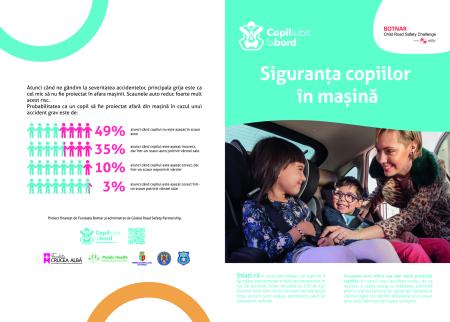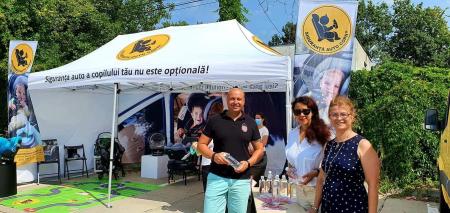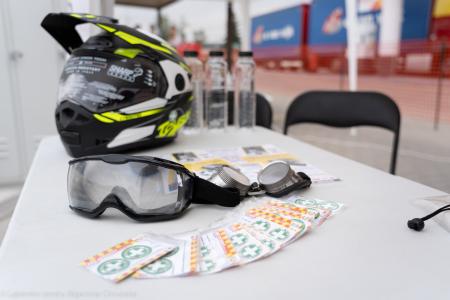One in three children observed in Cluj-Napoca were not wearing any type of restraint compared with, for example a study of 2 652 children in Belgium that found one in five were wearing no restraints. The rates of using restraint in the back seat of a car are generally low in European countries, Romania having the lowest rate of at only 26% (Pan-European Survey Main Results, 2015). The rate of children injured in car crashes and not wearing any type of restraint is high in Cluj-Napoca; police records show that half of the children involved in car crashes were not restraint at the time of the crash, which increases the likelihood of severe injuries and worsen outcomes of crashes.
Injuries, including road traffic injuries, account for 21% of the childhood deaths (0-19 years) in Romania (Mackay & Vincenten, 2012). Specific research conducted in Cluj-Napoca shows that road traffic safety for children should be a concern. A study looking at child patients who suffered head injuries and sought care at Children’s Emergency Hospital Cluj-Napoca (2008-2010), identified that children who suffered a head injury as a consequence of road traffic crash were almost five times more likely to require advanced care (OR: 4.97; 3.09-8.06) than being released (Rus D, Chereches R, Peek-Asa C, et al. 2016). Our data shows that the proportion of parents who used a safety restraint for their children is much lower than reported in most high-income countries. For example, in Australia and the United States of America the proportion of child occupants in restraints is reported as 90% and, 86% (Peden, et al., 2014), respectively, while in Austria, in 2014, the child restraint use rate was almost 99% (Austrian Road Safety Fund, 2014). Child restraint systems are the best way to protect children as passengers in a car, and currently Romania has a specific legislation to foresee the correct use of child safety restraints (CSR), but to our knowledge, no specific programs have been implemented at the local level to increase correct CSR use by increasing the enforcement of the existing legislation.
In line with the EU regulations, the Romanian Traffic Code was changed in September 2014 to include penalties for drivers who do not secure underage passengers with seatbelt or child safety restraints. Further modifications were enacted in 2015, requiring that children under the age of three or whose height does not exceed 135 cm should travel in a child safety seat, while older children should use seatbelts appropriately adjusted for their weight and height.
All these requirements were implemented at the request of DIRECTIVE 2014/37/EU on use of safety belts and child restraint systems in vehicles. The project will focus on correct use of CSR using evidence-based strategies, documented at local level by the proposed academic partners and in line with the prevention strategies set in the Decade for Action on Road Safety 2011-2020 of the WHO and its’ subsequent 10 prevention strategies targeting children.
Data collected as part of an observational study (2013-2014) shows that in Cluj-Napoca, one third (32.6%) of child passengers between the ages of 0-17 were not wearing any type of restraints when observed (Rus, 2015; Rus, Peek-Asa, Jurchis, & Chereches, 2016). The rates of non-restraints increased with age, children older than five years being less likely to be restraint when travelling in a car (Rus, 2015). Additionally, a qualitative study was conducted to further explore parents’ perceptions, behaviours and decisions regarding the use of child safety restraints in Cluj-Napoca (2016). In this second study, parents acknowledged the role of police officers in education and raising awareness among two groups: parents and children.
Police officers were perceived as key stakeholders in education on road traffic safety Police data. Cluj County Police Data (2015-2016) shows that more than 300 children between the ages of 0 and 3 were involved in a road traffic crash as car passengers. In 2015, 322 children under the age of 3 were involved in a road traffic crash as car passengers, out of which 148 (45.9%) were not wearing any type of restraint. The percentage was almost the same for 2016, 159 (45.2%) out of 352, children under the age of 3 involved in road traffic crash as car passengers were not wearing any type of restraints.
